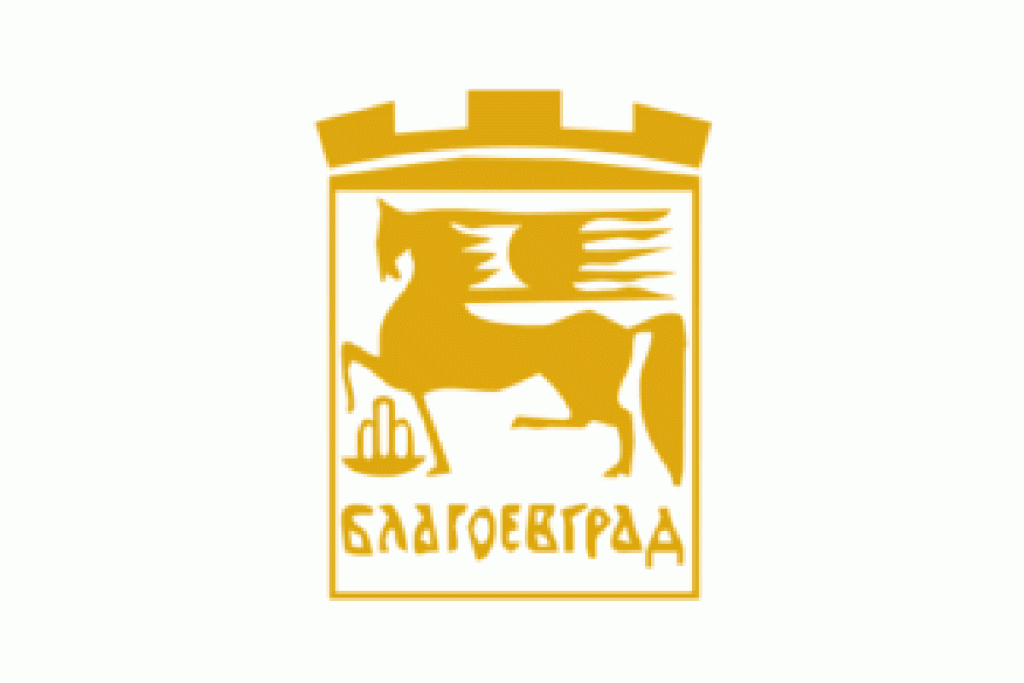Municipal Voluntary Formation “Georgi Izmirliev-Makedoncheto” – Blagoevgrad
Practice is ongoing, starting in 2015.
The Formation “Georgi Izmirliev-Makedoncheto” – Blagoevgrad was estimated in 2015 by order of the mayor of Blagoevgrad municipality under the Ordinance for the establishment and organization of the activities of voluntary formations. These formations are an integral part of the disaster management system in Bulgaria and play a vital role in ensuring the safety and well-being of communities during disasters, fires, and emergencies.
The candidates should be over 18 years old and with no criminal background, in order to be part of the Formation. Those who join will play a vital role in training, exercises, and disaster response activities, including supporting firefighters in times of crisis. In return, they receive essential equipment, compensation as per established procedures, and training conducted by experienced fire brigade and Ministry of the Interior personnel
Blagoevgrad Municipality is dedicated to easing the application process by reimbursing part of the associated costs for successful candidates. This initiative demonstrates the municipality’s strong commitment to fostering an active and capable volunteer force for disaster management. In order to stimulate the citizens to be more active and socially engaged, those who registered in disaster prevention and control volunteer formations may qualify for remuneration. Moreover, after one year of membership in a voluntary formation and demonstrated activity, volunteers may be eligible for certain exemptions and preferences.
How is the solution implemented?
Financial support: As stated in the Ordinance on the conditions, procedure for receiving, and the amount of remuneration of volunteers for training and for performing disaster protection tasks, those registered in disaster prevention and control volunteer formations may qualify for remuneration. Volunteers are obligated to participate in training and undertake disaster protection tasks, with the costs covered by the state budget. The mayor of the municipality plays a central role by issuing orders to report volunteer involvement and providing certificates to volunteers after they have completed their tasks. It also mandates insurance coverage for volunteers during their activities. The financing for these activities comes from the national budget, with the provision that any expansion of the formation’s size would require additional funding from the municipal budget. This example serves as a practical illustration of how volunteer formations contribute to disaster protection and highlights their commitment to diversity and ongoing preparedness.
The remuneration rates depend on the nature of the activities. Volunteers involved in training, for up to 80 hours per year, are compensated at a rate of 100% of the minimum hourly wage. Those participating in the performance of rescue tasks for disaster, fire, and emergency protection, up to 160 hours per year, receive 200% of the minimum hourly wage. Social security contributions apply to the remuneration.
The Ordinance is enacted based on the provisions of the Disaster Protection Act. It entrusts the responsibility for implementation to the mayors of municipalities. Additionally, the Ministers of Interior and Finance are authorized to issue instructions for the execution of the Ordinance.
Training Programs: The municipality is responsible for coordinating and facilitating various training programs for volunteers. These programs include initial basic courses, specialized training, leadership training, and training for trainers. The municipality ensures that these training programs are in line with approved curricula and conducted by accredited institutions. Volunteers are required to undergo an initial basic training course within two years of their registration.
Material and Equipment: The municipality provides volunteers with access to a building fund, protective clothing, equipment, and, when available, specialized machinery and communication tools. Protective clothing and equipment must meet specific standards and requirements to ensure the safety of volunteers during disaster and emergency response activities.
Exemptions and Preferences: After one year of membership in a voluntary formation and demonstrated activity, volunteers may be eligible for certain exemptions and preferences. These can include exemptions from paying local fees or reduced fees, preferential parking rights, and other benefits as specified in the Ordinance.
Coordination and Interaction: The municipality plays a crucial role in coordinating and interacting with volunteer formations. This includes developing and approving plans for interaction between the voluntary formation and the territorial structures of the Ministry of Interior. In case of disasters, fires, or emergencies, the municipality ensures that volunteers are notified and activated through official channels, including municipal administration, operational centers of the Ministry of Interior, or the National System for Early Warning and Notification.
Reporting and Oversight: Volunteers are required to submit reports on activities they carry out during disaster, fire, and emergency response. These reports are submitted through the municipality to the Regional Fire and Rescue Service within 24 hours of completing the activities.
In what local context has it been applied?
According to the Ordinance on the procedure for establishing and organizing the activities of voluntary formations for the prevention or control of disasters, fires, and emergencies and the elimination of their consequences, which has been in force since 03.07.2012, a “voluntary formation” refers to a group or unit of volunteers who are organized and trained to participate in disaster prevention and response activities. These formations are an integral part of the disaster management system in Bulgaria and play a vital role in ensuring the safety and well-being of communities during disasters, fires, and emergencies.
Voluntary formations are coordinated and managed by the municipality or legal entity responsible for their administration. This includes appointing leaders, deputy heads, and persons in charge of separate groups within the formation. Volunteers are part of the unified rescue system of the Republic of Bulgaria and support the activities of the other structural units of the system in case of disasters, accidents and catastrophes.
Municipalities develop plans for interaction between voluntary formations and the territorial structures of the Ministry of the Interior. These plans specify how volunteers will be notified and activated in case of disasters or emergencies, ensuring a coordinated response.
Volunteers from the Voluntary Formation “Georgi Izmirliev-Makedoncheto” – Blagoevgrad operate in the territory of the Municipality of Blagoevgrad and actively participate in other missions around the country in times of crisis. Often the volunteers took part in different social initiatives in the town.
What difference has it made?
Through promotion initiatives and awareness campaigns, the interest in volunteering in the municipality of Blagoevgrad is continuously increasing. After the successful recent recruitment campaign the Voluntary Formation “Georgi Izmirliev – Makedoncheto” has welcomed 16 new members, making their squad a team of 32 individuals.
The municipality actively promotes diversity and inclusivity within and outside the volunteer formation, as demonstrated by the equal representation of men and women among the new volunteers.
Inspired by and following this good example of the volunteers in Formation “Georgi Izmirliev – Makedoncheto” and everything they are doing, not only during crises, but also helping the community and participating in various social initiatives, more and more people (both young and adults) are willing to become volunteers in one or another organization. Due to the increased number of volunteers at a young age, there is a plan for a new unit of Youth Voluntary Formation in the city to be established soon.
This model transcends individual initiatives, embodying a philosophy of unity, resilience, and compassion, demonstrating the potential for local governments to foster vibrant, engaged societies through volunteerism.
What’s needed?
Financial resources
The financing for these activities comes from the national budget, with the provision that any expansion of the formation’s size would require additional funding from the municipal budget.
Human resources
- According to the number of the population in Blagoevgrad, the number of volunteers in the Formation should be 32. Each volunteer is assigned specific roles and responsibilities as outlined in their contracts with the municipality or legal entity responsible for managing the formation. These roles include tasks related to disaster response, fire containment, rescue operations, and more.
- There is a commander of the ….
- Trainers are responsible for all training sessions and participation in various exercises
Physical resources
- Equipment and Gear: The municipality provides volunteers with the necessary equipment, protective clothing, and gear to ensure their safety and effectiveness during disaster and emergency response activities
- Communication tools
- Machinery
- Training base for volunteers
- Specialized vehicles
Find out more
Link(s): https://blagoevgrad.bg/
Contact: Municipality of Blagoevgrad
Good practice was prepared by Association Euni Partners, Bulgaria

